- Established 1982 -HOME: www.hiltonpond.org
THIS WEEK at HILTON POND Subscribe for free to our award-winning nature newsletter (Back to Preceding Week; on to Next Week) |
AN ODE TO SEWAGE, SNAKES, Two Easters ago (12 April 2020) a huge Southern Red Oak a hundred feet tall toppled overnight with an earthshaking crash, missing the old farmhouse at Hilton Pond Center but drastically changing our backyard landscape. Where once we and the birds had enjoyed a spreading leafy canopy there was an expansive “hole in the sky” that let in copious amounts of light and opened the view considerably. Losing this big tree (below) was heart-wrenching, but all the extra sunlight had a positive impact during the past two summers: Seedlings sprouted, shrubs and ground cover grew faster, and Trumpet Creeper vines flourished and made thousands of nectar-laden hummingbird flowers.
All text, maps, charts & photos © Hilton Pond Center Unfortunately, the big oak wiped out several other mature trees AND fell directly on the drain line between the farmhouse and our septic tank. This led to sewage problems for which we tried minor fixes that were unsuccessful—as our noses revealed when we went outside on warm days! Eventually we saved enough funds to call in professionals for permanent repair—namely Jamie Sandifer of York SC and his crew, including adult son Trent and Kenny Hull. Jamie lives just a mile up the road from the Center, was a graduate of York Comprehensive High School, came from a family we knew, and had done a nice septic repair for our across-the-street neighbor, so we were fully confident in him and his work. We called him several weeks ago for a consult and penciled in an installation date but had to wait for monsoon-like rains last week to abate and the ground to dry. (It’s hard to dig following nearly 6” of precipitation spread over five days.)
All text, maps, charts & photos © Hilton Pond Center Finally, on the sunny, warm morning of 21 March—the first full day of Spring 2022—we were awakened by a bright-and-early knock on the door and found Jamie on the front porch and a big green plastic septic tank in the front driveway (above). Jamie was eager to get on with the job, and we were happy for it.
All text, maps, charts & photos © Hilton Pond Center When the ancient oak fell it also landed right in the middle of our existing septic leach field, its main trunk and branches covering a phenomenally large area. As a result we’ve spent countless hours over the past two years moving twigs and small branches and sawing limbs into 22” lengths to fit into our incredibly efficient soapstone wood stove. We cut, split, and stacked everything we could handle—including some REALLY big limbs nearly three feet in diameter!—and produced a couple cords of oak firewood that kept us warm all winter.
All text, maps, charts & photos © Hilton Pond Center Despite our efforts, we hadn’t the strength or equipment to handle the huge trunk itself—more than 40’ long and 4-5’ in diameter—now a substantial impediment we needed to move to make room for a revamped leach field. Not to be deterred, Jamie brought out his monster gas-powered chainsaw and went at it, cutting right through the trunk about six feet from its end.
All text, maps, charts & photos © Hilton Pond Center Trent deftly manipulated the huge chunk with the bucket on his mini-excavator, bumping it almost gently so the chainsaw wouldn’t bind up. When that first cut was finished, Trent tumbled the newly freed log to the far side of the yard where it would be out of the way, and where we might be able to salvage more firewood in coming weeks.
All text, maps, charts & photos © Hilton Pond Center The process was repeated thrice more until four large logs had been moved to the side lot—after which Jamie’s trusty chainsaw (and biceps) needed a little cool-down period. Whew!
All text, maps, charts & photos © Hilton Pond Center When we bought the Hilton Pond property 40 years ago the plat showed a second septic tank just outside the farmhouse kitchen, so Jamie thought it best we take a look at it. After Trent dug in with the mini-excavator and removed five heavy concrete slabs, we discovered something really odd: What appeared to be a septic tank built from unmortared concrete block. It was completely empty, save for a couple of inches of clear water on the bottom. Was it really a septic tank? A bomb shelter? Maybe a crypt? Who knows, but it wan’t even hooked up to the sewage line from the house or to any leach field, and it obviously had never been used. 'Twas a mystery for sure.
All text, maps, charts & photos © Hilton Pond Center With this unsolved puzzle in mind, it was time to dig a hole for the new 1,000-gallon tank and lower it into place, with Trent expertly running the mini-excavator. As you might expect, this required a really big hole!
All text, maps, charts & photos © Hilton Pond Center With the tank in place, Trent started digging two parallel ditches that would comprise the leach field, carefully laying dirt to either side of these trenches. Kenny surveyed those ditches to make sure everything would flow downhill--without question a very important factor.
All text, maps, charts & photos © Hilton Pond Center Then the crew laid down numerous curved plastic devices (“Arc leaching chambers”), used these days by pros in the know to provide greater perking efficiency than the old perforated black plastic pipe and gravel system. The reinforced chambers hook together and remain erect even after dirt is piled on.
All text, maps, charts & photos © Hilton Pond Center With those chambers in place, Kenny connected them to the new tank with plastic pipe and Trent covered everything over and smoothed out the abundant red clay he had brought to the surface. Like me, the crew was amazed at the near absence of any kind of rock in the new leach field. Elsewhere on the 11 acres there's lot's of quartz and granite, some of it poking right up from the soil.
All text, maps, charts & photos © Hilton Pond Center The job's final touch was routing out the existing (and perfectly serviceable) cast iron drain line that leads from house to new septic tank, which Jamie accomplished with a pressure washer before final connections were made. Amazingly, the whole project took only about six hours--including our dragging the new tank from the front driveway with the Center’s trusty Husqvarna riding mower! (There was also time to celebrate Kenny's birthday, which was that day.) But this is what happens when you hire competent, conscientious professionals to do a job.
All text, maps, charts & photos © Hilton Pond Center We're grateful Jamie and crew understood our needs and were careful to minimize impact to the natural environment so important to 41 years of ongoing Hilton Pond research into birds and other aspects of Piedmont nature. The Hiltons highly recommend Jamie and steer you toward his Web site at SandiferWellAndSeptic. A big thanks to him, Trent, and Kenny for a job well done. NOTE: Hilton Pond Center is out in the country beyond the current reach of city or county sewer lines, so a self-contained septic system (not outhouse!) is about our only choice for dealing with household waste. (We considered composting toilets, but we still needed a place to send grey water from sinks, showers, dishwasher, and washing machine.) When you have your own septic system, you’re obligated to think more environmentally about waste production and reduction, and you don’t throw things in a toilet that shouldn’t be flushed. You likewise ponder longer about water consumption because you never want to overload the septic tank. This brings up our "Four Maxims of Sewage-related Water Conservation," whether or not you have a septic tank: 1) Grease goes in the trash (or compost pile) and never down the drain; 2) Shower with a friend; 3) If it’s yellow, let it mellow; if it’s brown, flush it down; and, 4) Unless you live on a mountaintop, you live downstream from someone, and somebody likely lives downstream from you--so everyone should act accordingly. (Need we mention a possible fifth maxim: There’s a reason toilet paper comes on rolls with small-square perforations and not in big wads.) All text, maps, charts & photos © Hilton Pond Center SELDOM-BANDED WOOD WARBLER It must be Spring at Hilton Pond Center. How do we know? Well, the vernal equinox was on 21 March, Flowering Dogwoods are in bloom, and on 24 March we caught our first probable Neotropical springtime migrant of the year--a Yellow-throated Warbler (YTWA) in full adult breeding plumage. This bird was certainly eye-pleasing but--more important--it was only the 13th YTWA we've banded at the Center in 41 years!
All text, maps, charts & photos © Hilton Pond Center Yellow-throated Warblers (not to be confused with Common Yellowthroats) are short-distance migrants that move during cold weather from breeding grounds in the southeastern U.S. to Mexico, Central America, and the Caribbean--with some overwintering in Florida and along the South Carolina coast. (Today's individual was nearly a month ahead of our previous early record of 15 April and could have come from that closer coastal population.) Field ornithologists report the species is extending its summer range northward--even as far as Ontario. Among those YTWA we have banded at the Center, one was a female with an active brood patch, indicating local nesting.
All text, maps, charts & photos © Hilton Pond Center YTWA are unusual among Wood Warblers in being sexually monomorphic, with genders looking alike. They are birds of the canopy--one likely reason we catch so few in our ground-level mist nets--but this latest capture apparently came down to drink and was netted right beside one of our water features. Yellow-throated Warblers are primarily insectivores, dining on invertebrates they glean from pine needle clusters and cracks in bark. YTWA have come to the Center's summer suet feeders and can sometimes be identified by behavior since they hop along branches like nuthatches, Brown Creepers, and Black-and-white Warblers. All text, maps, charts & photos © Hilton Pond Center SAP-LAPPER FROM UP NORTH Just as Neotropical migrants like Yellow-throated Warblers are beginning to arrive at Hilton Pond Center, some species that spent the winter with us are heading further north toward breeding grounds along the Appalachian ridge or in New England and Canada. Purple Finches, for example, that showed up in surprisingly good numbers in February are now nearly absent from our feeders, while most White-throated Sparrows will be bailing out any day now. One winter resident still lingering flew into a mist net this week and gave us opportunity to marvel at its distinctive appearance: A male Yellow-bellied Sapsucker (YBSA).
All text, maps, charts & photos © Hilton Pond Center We know YBSA have arrived in autumn at the Center when we hear their cat-like mewing and as they begin rhythmic tapping on an old Pecan in front of the old farmhouse. They probe the bark with chiseled bills, making holes that ooze sap they lap up with extensible tongues bearing feathery edges that draw up the sugary liquid. Generations of sapsuckers have worked on this tree, pock-marking nearly every square inch of its trunk and main limbs with horizontal rows of quarter-inch "sapsucker wells." That long, straight bill is a powerful tool, and we're not embarrassed to admit we donned a glove for the photo above--lest our fingers end up looking like the old Pecan tree.
All text, maps, charts & photos © Hilton Pond Center This week's capture was a male, as indicated by its red chin that is white in females. Both genders have red crowns--except sometimes females have no red at all. In-hand (above) the seldom-seen yellow belly wash is revealed, as is the zygodactyl toe configuration with two toes forward, two toes back. (This is an apparent adaptation that facilitates woodpecker bark-climbing behavior. Most birds--especially songbirds--have anisodactyl feet with three toes forward, one back; this arrangement apparently perching more secure.)
All text, maps, charts & photos © Hilton Pond Center Although we didn't catch this particular sapsucker until this week, we watched him all winter as he occasionally visited the Center's suet feeders and sunflower seed tubes. Early on his throat had mostly white feathers that have been replaced by crimson visible in the photo above. Now this freshly plumaged male is ready for courting a mate, just as soon as he gets back to his breeding grounds anywhere from the Appalachians into Canada and across the Great Lakes states. (Surprisingly, this mostly boreal species winters as far south as Panama and the Caribbean.) All text, maps, charts & photos © Hilton Pond Center RETURN OF THE MOUSE-CATCHER Unlike many birds such as Yellow-throated Warblers and Yellow-bellied Sapsuckers mentioned above, snakes don't migrate long distances. Some serpent species may return en masse to traditional winter denning sites, but snakes apparently have a fairly well-defined home range they wander in pursuit of food and mates. (As with turtles, if you take a snake out of its local habitat and release it elsewhere it may expend all its energy trying to get back. Worse yet, it may get run over along some unfamiliar highway.) Within a home range some snakes appear to become creatures of habit, following particular routes as they repeatedly patrol a territory. Such seems to be the case with a big six-foot-long Ratsnake (formerly Black Ratsnake, Elaphe obsoleta; now Pantherophis obsoletus) with which we've become quite familiar.
All text, maps, charts & photos © Hilton Pond Center We've mentioned this snake several times in past installments, starting when it was about half its current size. It is easily recognized by a small round scar about two-thirds of the way down its right flank--possibly evidence of some previous battle with mammalian prey. We also know this individual by its behavior, especially its regular visits to a Flowering Dogwood tree that grows through the deck just outside our office window. Spring, summer, and fall we've watched this Ratsnake slowly slither up a path between the Hilton Pond and our old farmhouse, occasionally poking its nose down Eastern Chipmunk holes along the way. (Our sighting this week was first since late last autumn, after which the snake was probably in "brumation"--a condition similar to hibernation but for shorter periods as the reptile wakes up to drink on warm mid-winter days.) When the trail-wandering snake finally gets to the house and the old dogwood the snake deftly climbs the trunk, clinging tightly to bark with its fully prehensile body. Eventually the serpent reaches a dead limb (above) and--extending its sinuous body as far as possible--transfers over to the tin roof above our office. From that exposed location it moves quickly to a hole beneath the gutter before disappearing into the farmhouse attic.
All text, maps, charts & photos © Hilton Pond Center We realize some folks may be alarmed or repulsed when we describe this blacksnake-in-the-attic scenario at Hilton Pond Center, but we'd much rather have a harmless reptile above us than a colony of gnawing, nibbling, nesting mice. The snake comes and leaves as it pleases--sometimes with full belly--and any potential mouse problem remains under control. We find this serpentine solution much better than putting out snap traps or rat poison and having a bunch of mice die within our walls. (And you know what THAT would smell like!) Thus, we're happy to have this big ol' Ratsnake--by now a long-time friend of ours--as it makes its way around the the Center's acreage it has shared shared with us through the years. All text, maps, charts & photos © Hilton Pond Center HILTON POND SUNSETS "Never trust a person too lazy to get up for sunrise
All text, maps, charts & photos © Hilton Pond Center Sunset over Hilton Pond, 18 March 2022 After a little spit-rain in the afternoon (0.05"), clouds broke up at dusk for this view framed by an old Shagbark Hickory at left, and leaf buds just opening on a Black Cherry at right. Don't forget to scroll down for lists of Hilton Pond supporters and of all birds banded and recaptured during the period. Photoshop image post-processing for this page employs |
|---|
|
"This Week at Hilton Pond" is written and photographed by Dr. Bill Hilton Jr., executive director of Hilton Pond Center for Piedmont Natural History
|
|
|
Please refer "This Week at Hilton Pond" to others by clicking on this button: |
|

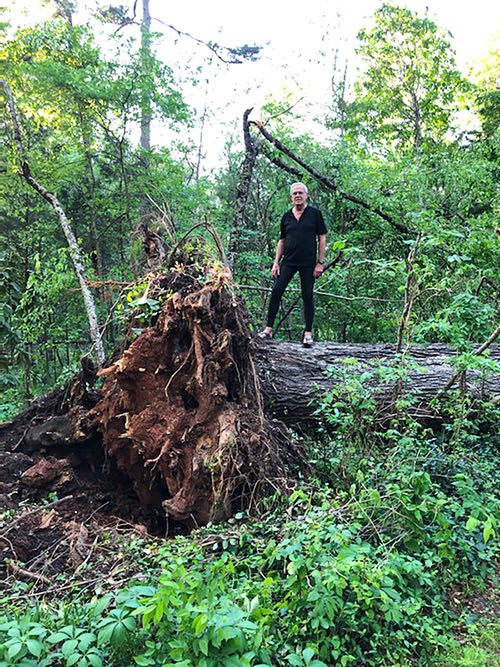
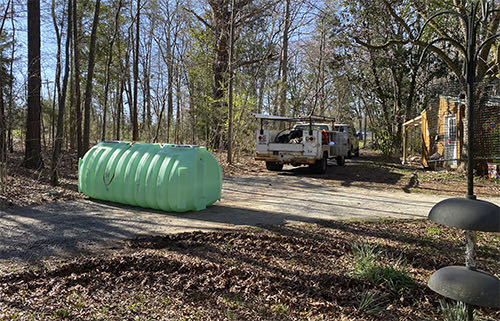
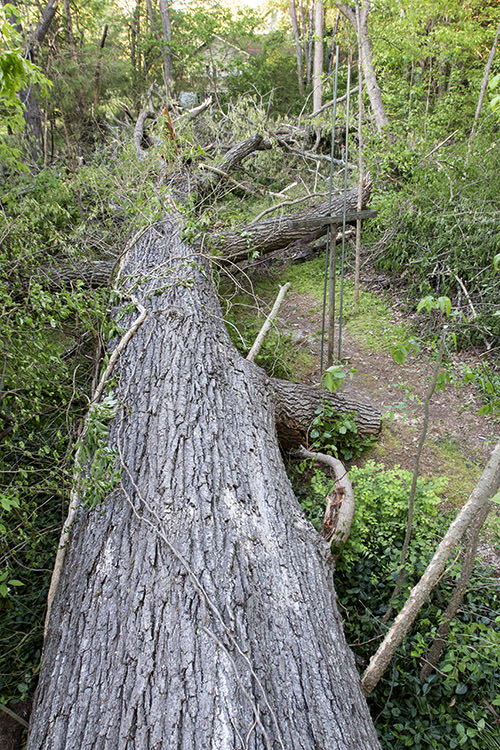
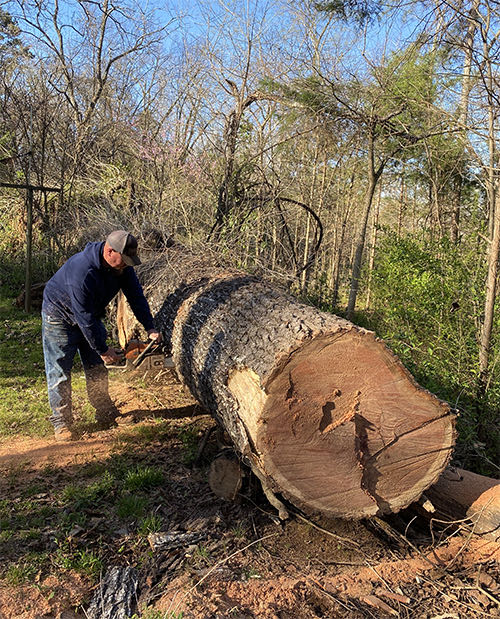
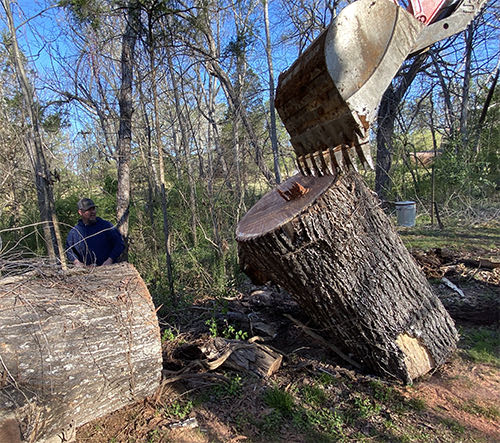
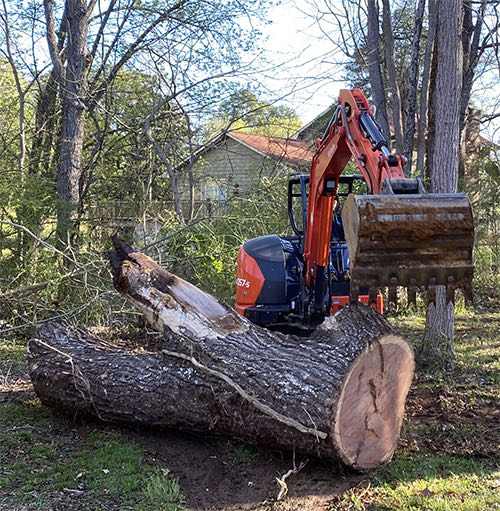
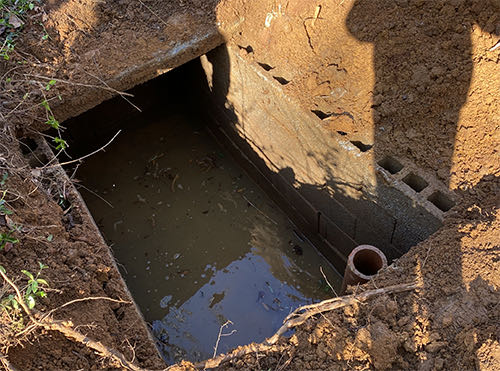
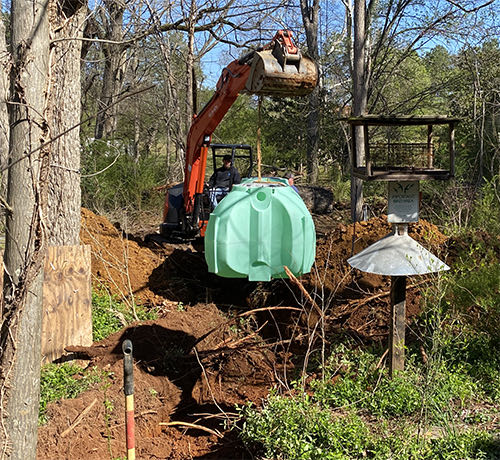
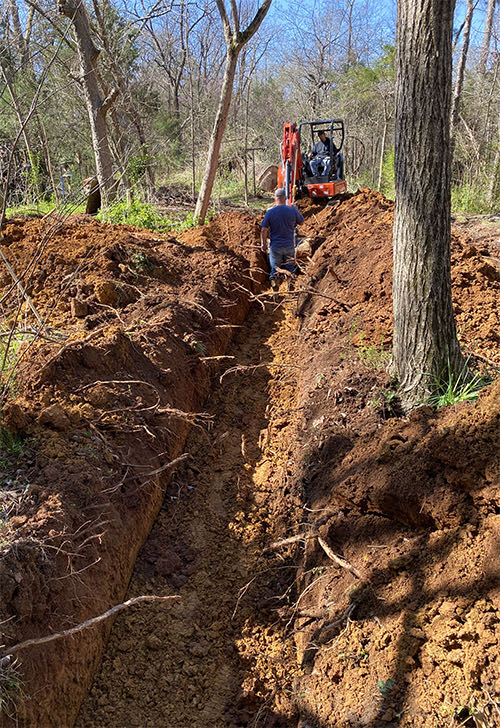

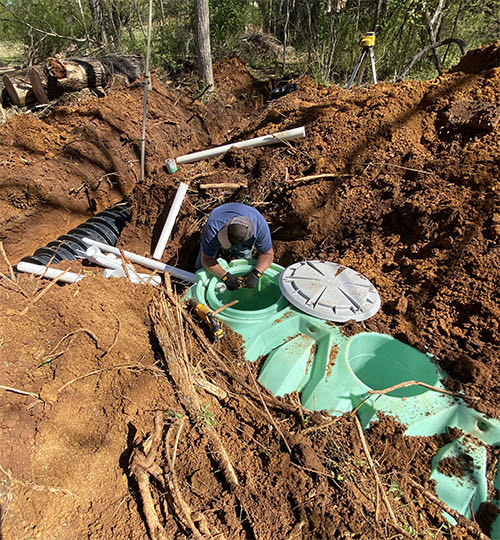
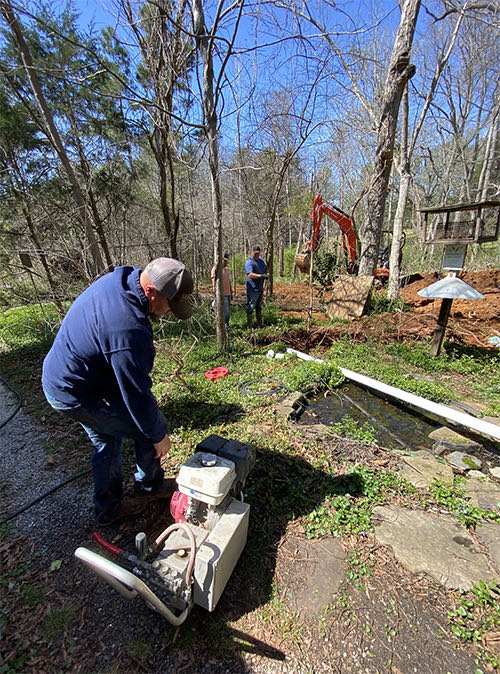
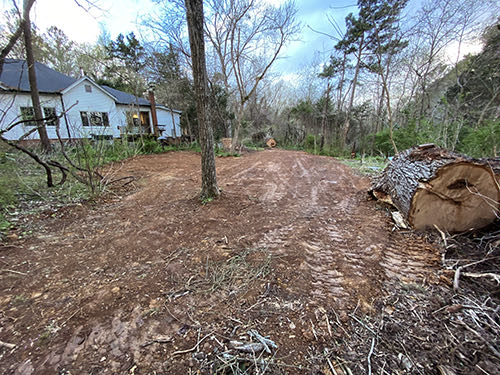
 To be honest, when enough land is available, we’d much rather see homeowners put in and properly maintain a septic tank and leach field than use sewer lines that flow to some distant sewage treatment facility.
To be honest, when enough land is available, we’d much rather see homeowners put in and properly maintain a septic tank and leach field than use sewer lines that flow to some distant sewage treatment facility.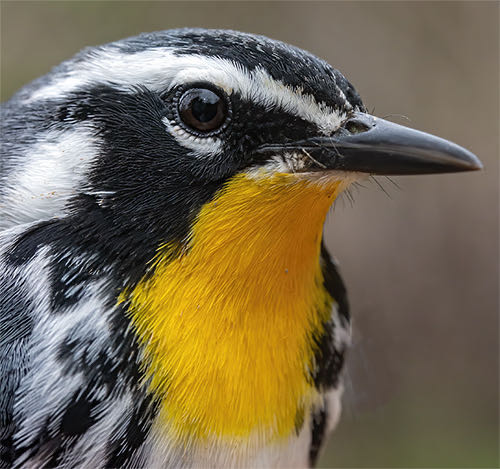
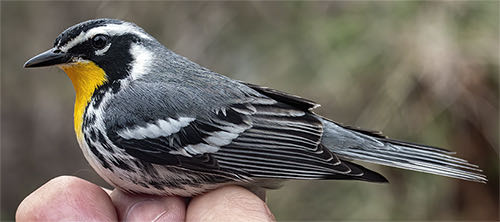
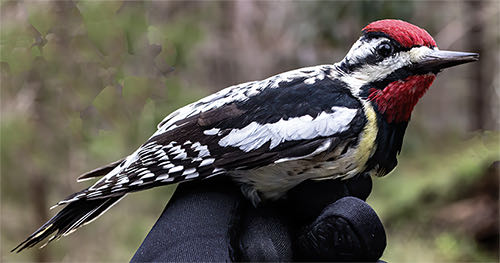
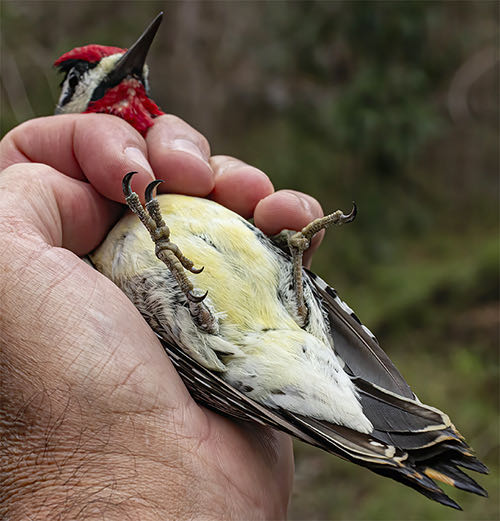
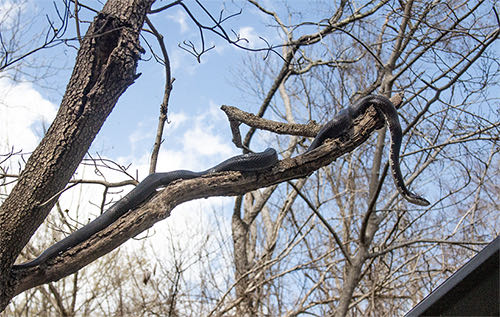
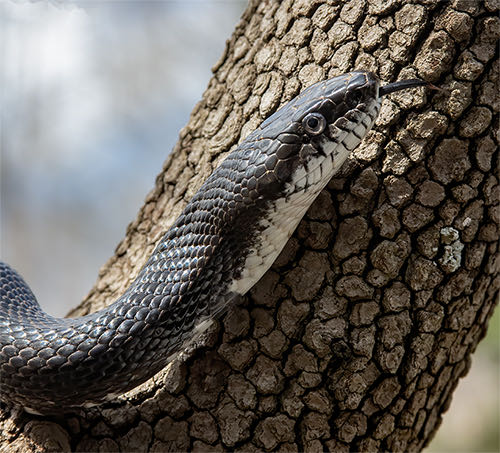
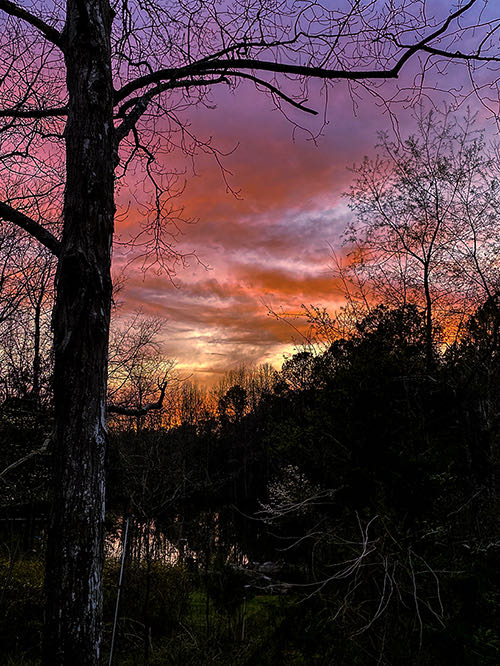









 Oct 15 to Mar 15:
Oct 15 to Mar 15: Please report your
Please report your